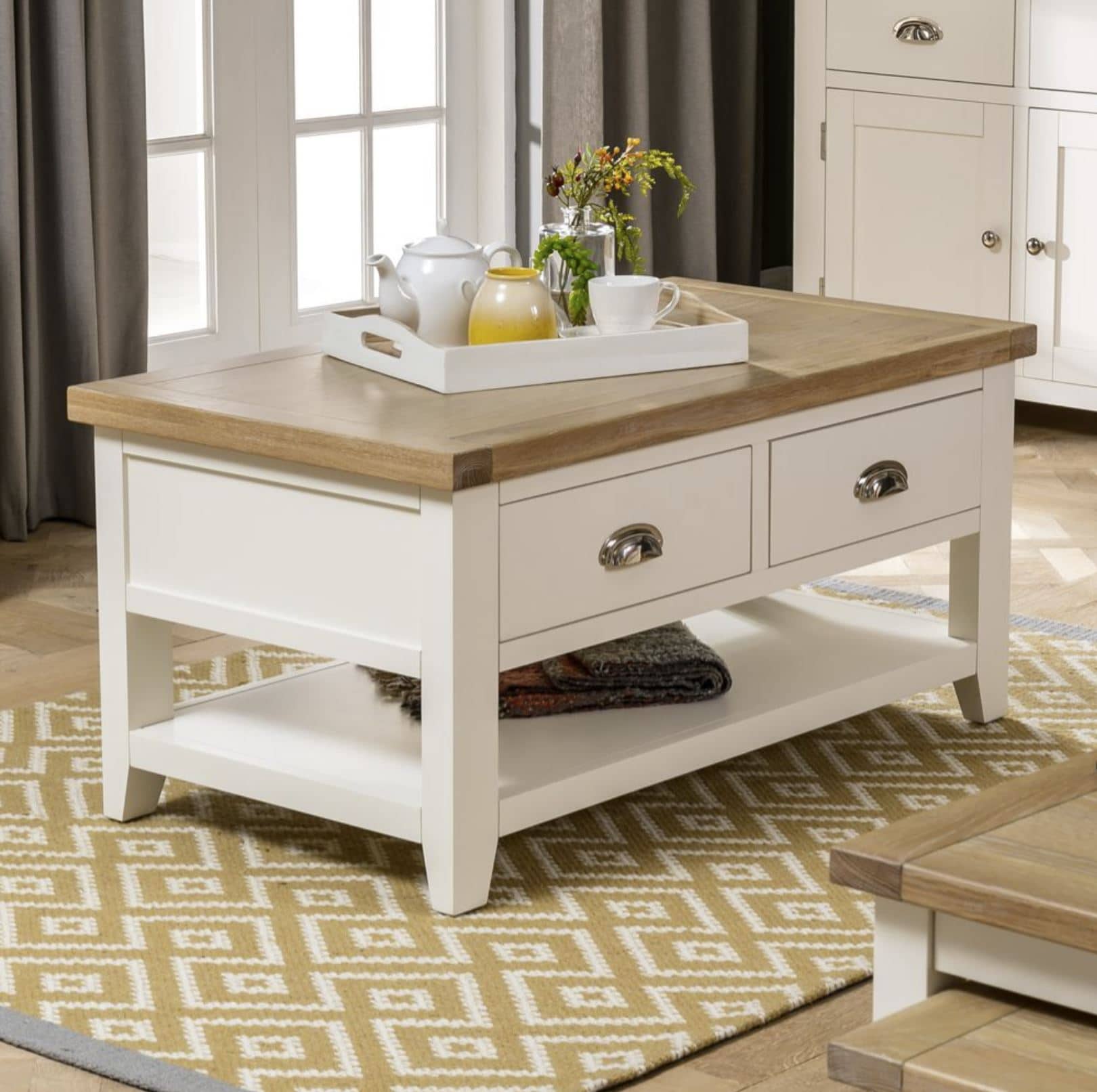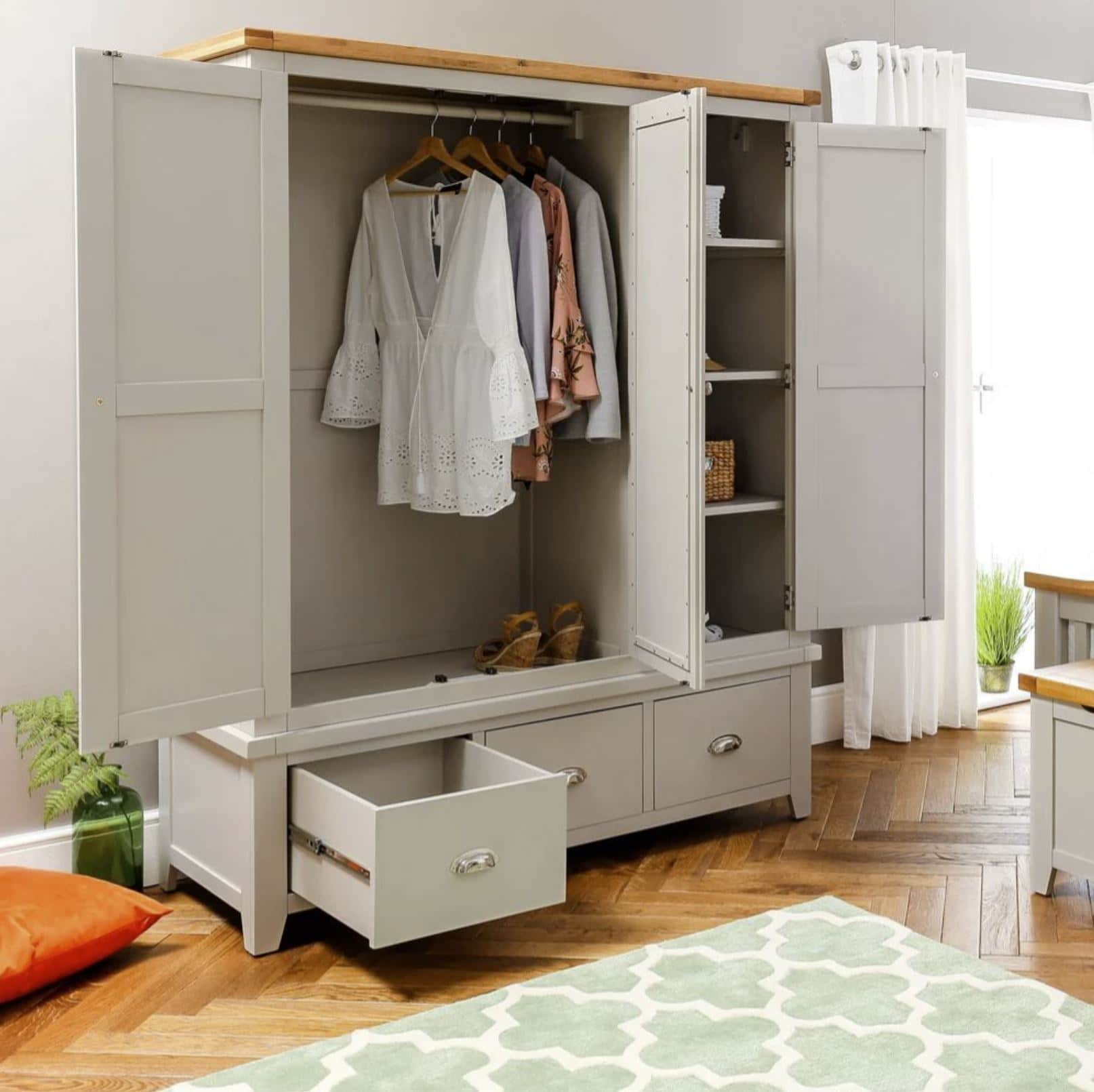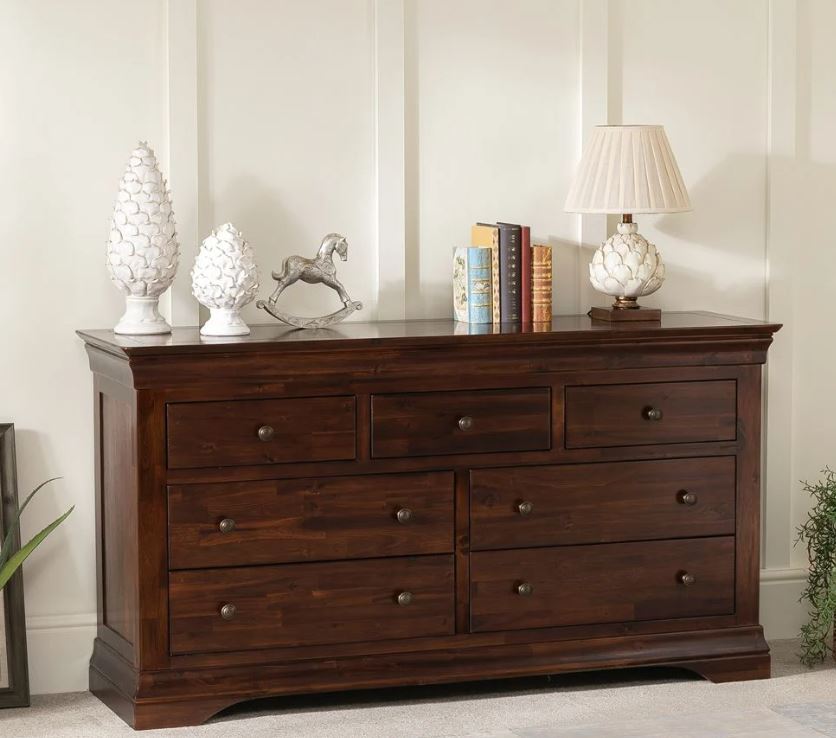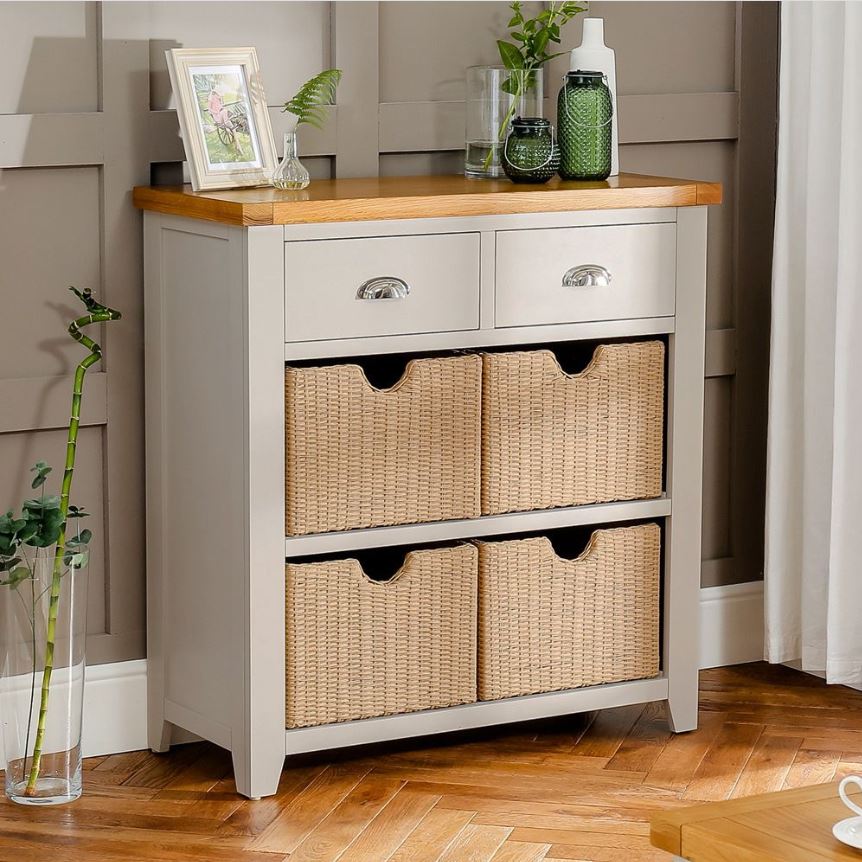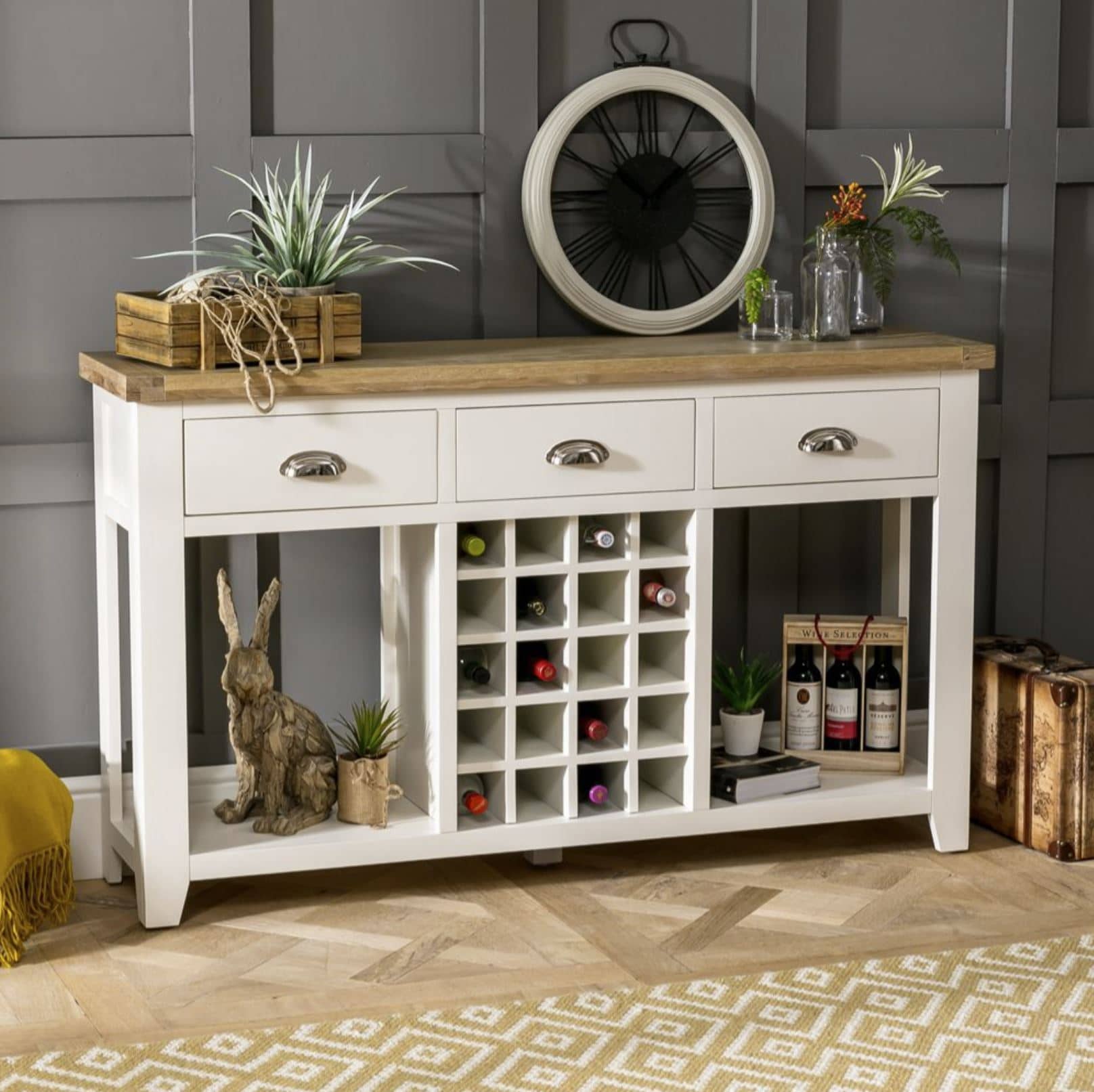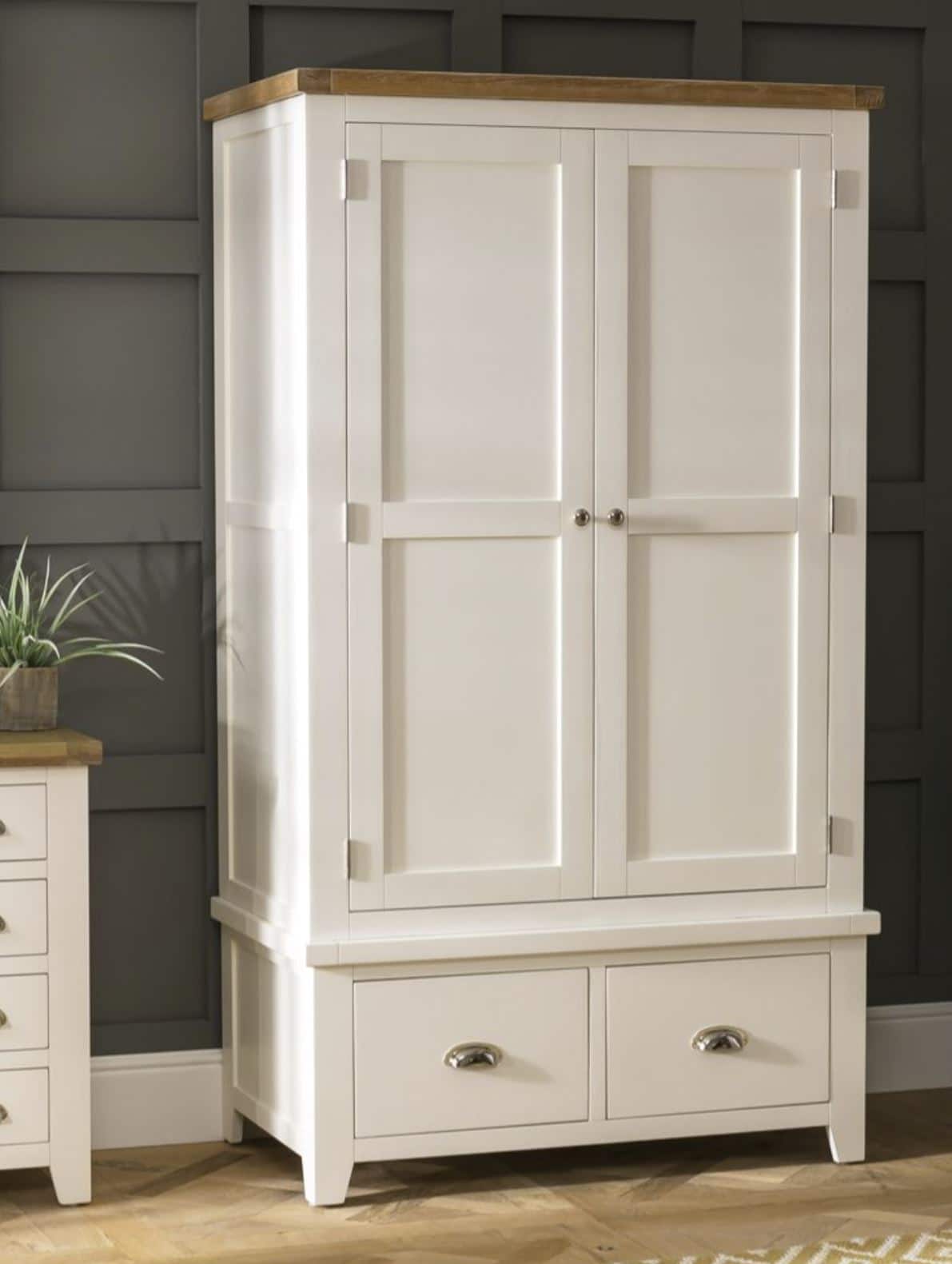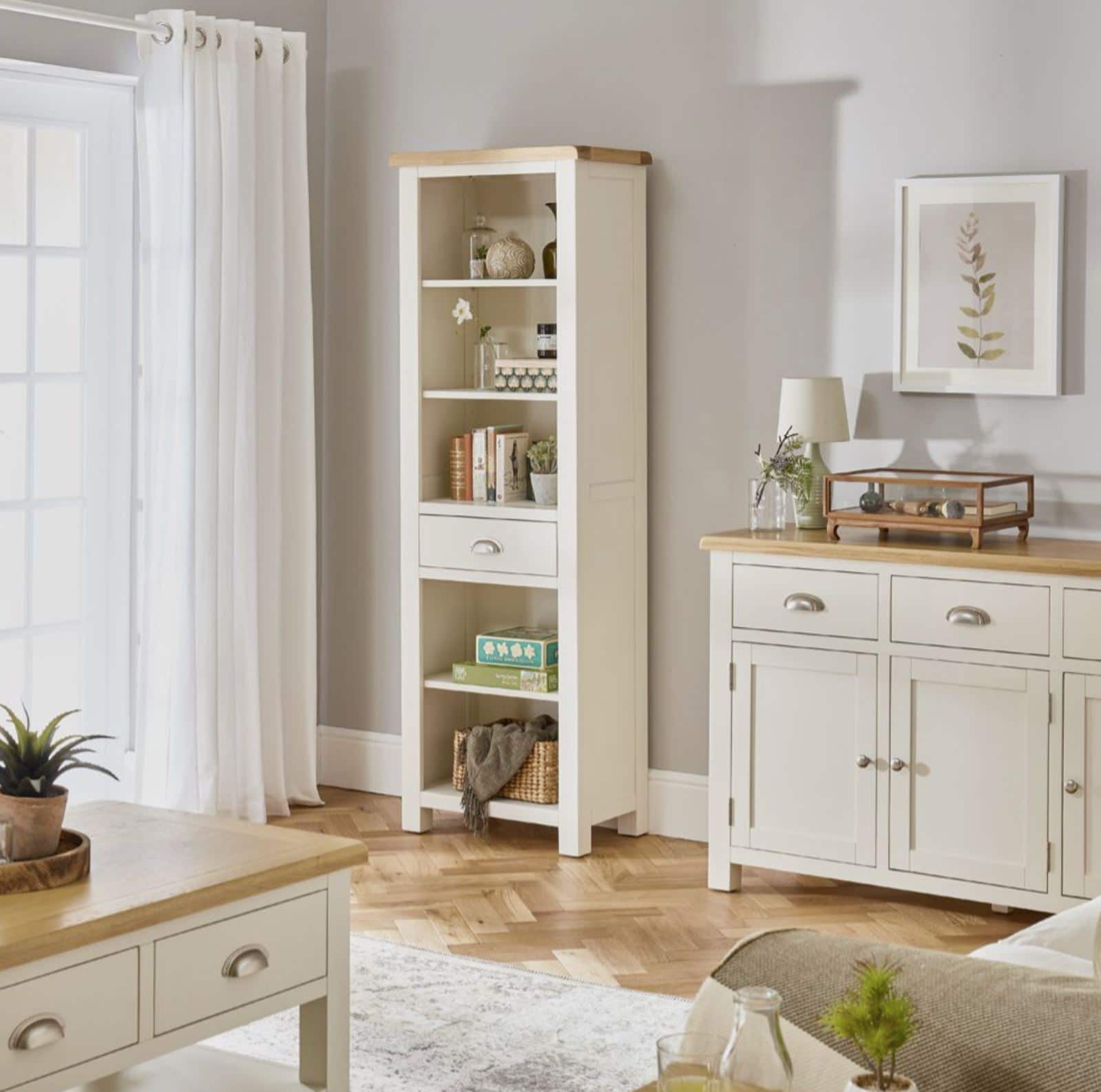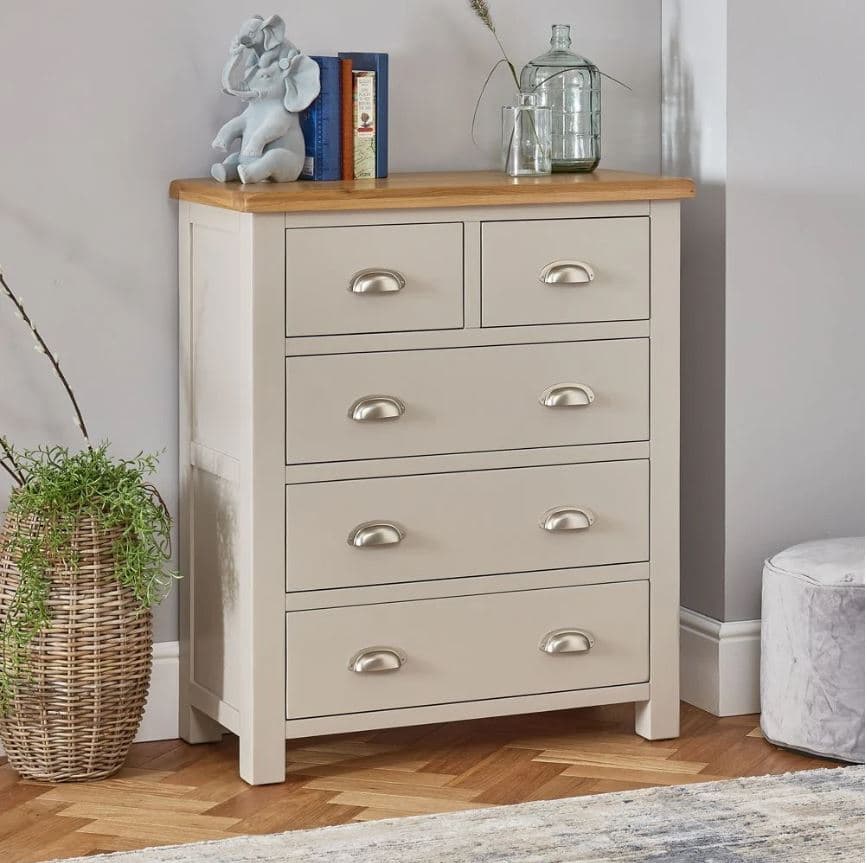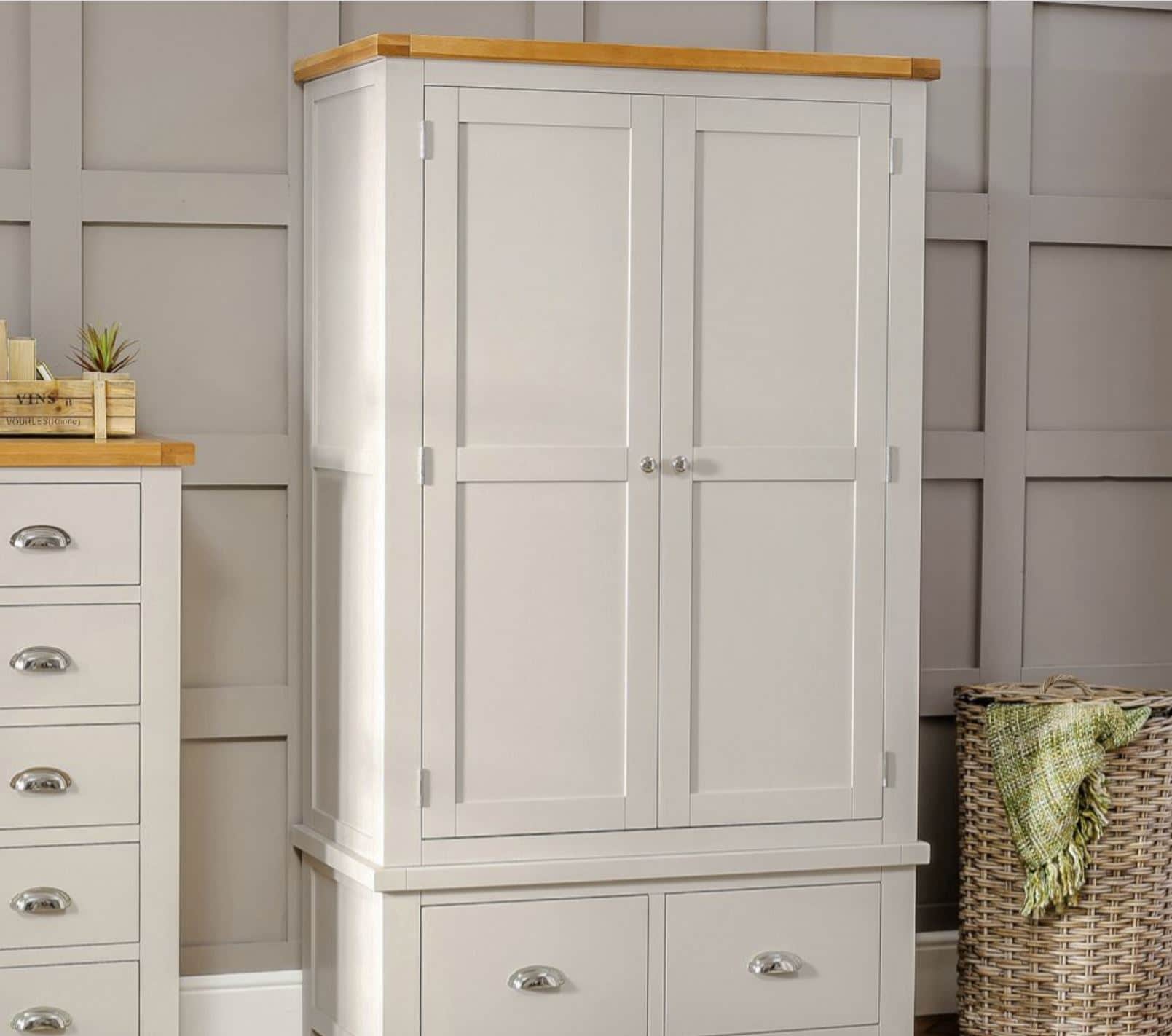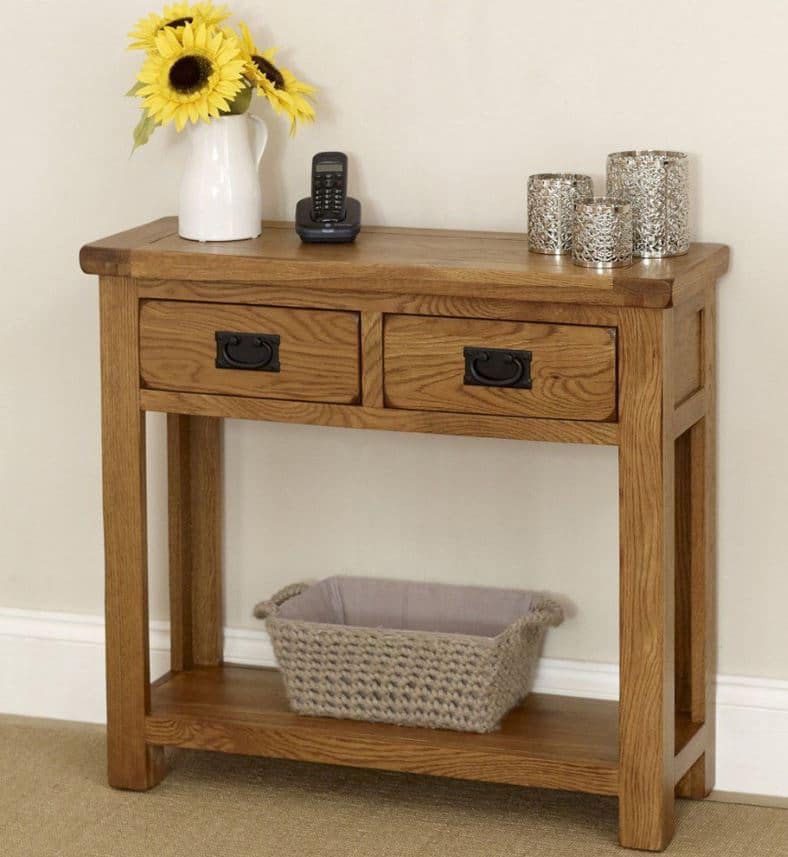Literary Interiors - Daphne Du Maurier's 'Rebecca'
- By Alicia Newman
- Interior Design Ideas
- views
Today I am looking at the lavish and luxurious interiors that are described by Daphne Du Maurier in her famous novel Rebecca (1938). ‘Manderley’ is the fictional estate of the character Maxim de Winter, and the house and its surroundings play a pivotal role in the novel. In the book it is said to be located in the south of England and it has been deduced that this location could possibly be Cornwall where the author herself lived.
Manderley is believed to have been based on some of Du Mauriers favourite stately homes. As a child she often visited Milton Hall near Peterborough and she used the grand interiors of this house in her vision of the interiors of Manderley. Milton hall is an extensive stately home that dates from 1594 and features both Tudor and Wren style decor with 18th century Georgian elements. This grand house features traditional interior aspects such as a grand staircase, entry hall, elaborate fireplaces and ornate plasterwork that create a luxurious finish to the interior spaces. The house has a multitude of both large and smaller rooms scattered among its walls with many showcasing glamorous chandeliers, lavish furniture and family heirlooms that adorn the walls, cabinets and desks in each and every wing of the house.
The adult home of Daphne Du Maurier ‘Menabilly’ is located in Fowey in Cornwall and was influential in the descriptions of the setting and surroundings of Manderley. Like Menabilly, Manderley is described as a sprawling estate, not visible from the road, which features a natural wood, beach and a staff of servants whilst maintaining it’s isolated from the larger society in which it is located. ‘It lay like a jewel in the hollow of a hand. The grass sloped down towards the sea, which was a sheet of silver lying calm under the moon, like a lake undisturbed by wind or storm’. (pg 1)
In the novel Manderley is not just a house but in fact another character in the novel. It is a dream home that should provide a luxurious and happy life for the new Mr and Mrs de Winter but instead the house is fraught with secrets, unhappy memories and ghosts of the past. The interiors are typical of a traditional British country house; oak beams and floors with walls adorned with intricate wallpapers and family portraits. The furniture is grand and lavish with extensive rooms that evoke all the grandeur that is associated with hosting social events and balls (such as the costume ball in the novel).
While inhabited by the current Mr and Mrs de Winter, the interiors of Manderley still exude the small personal touches and influences of Rebecca in their decor and finish and this only serves to further isolate the nameless Mrs de Winter from feeling a sense of belonging. ‘She was in the house still as Mrs. Danvers had said, she was in that room in the west wing, she was in the library, in the morning-room, in the gallery above the hall. Even in the little flower-room, where her mackintosh still hung. And in the garden and in the woods, and down in the stone cottage on the beach’ (pg233).
For more images that influenced the interior descriptions of Manderley, take a look at our latest Pinterest board - Pinterest - Daphne Du Mauriers Rebecca


